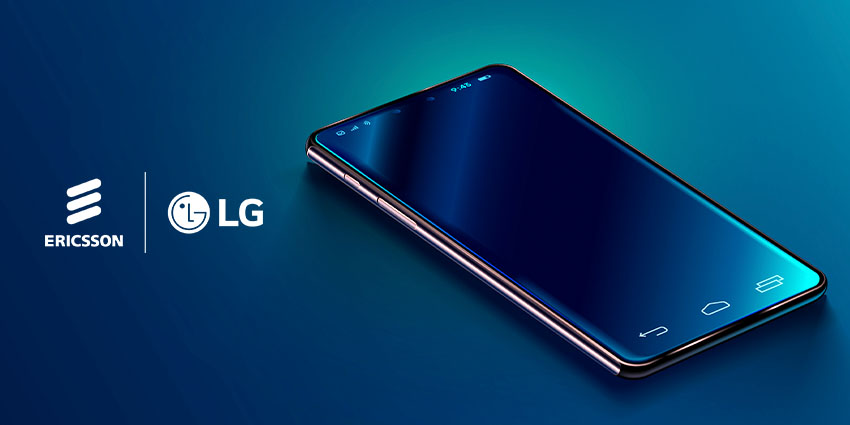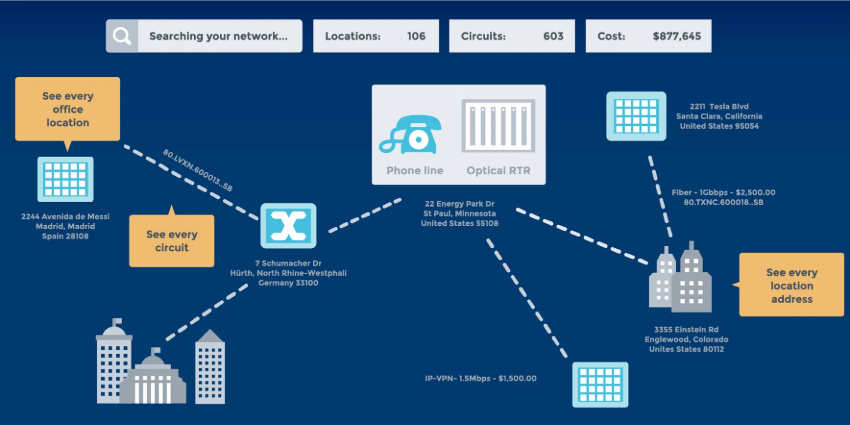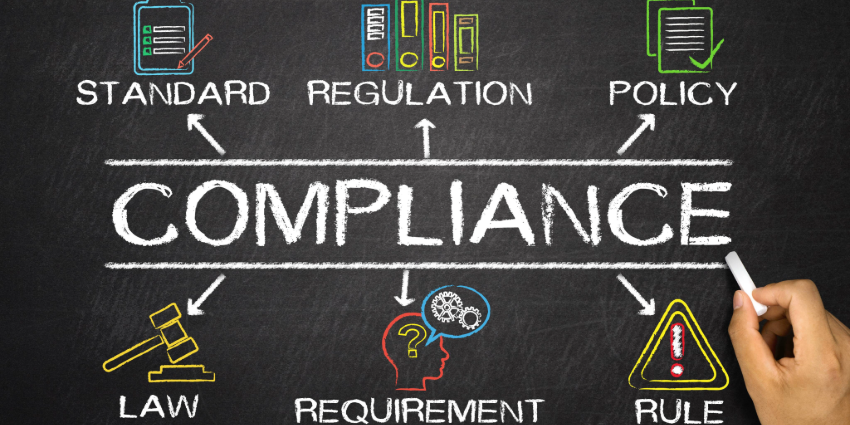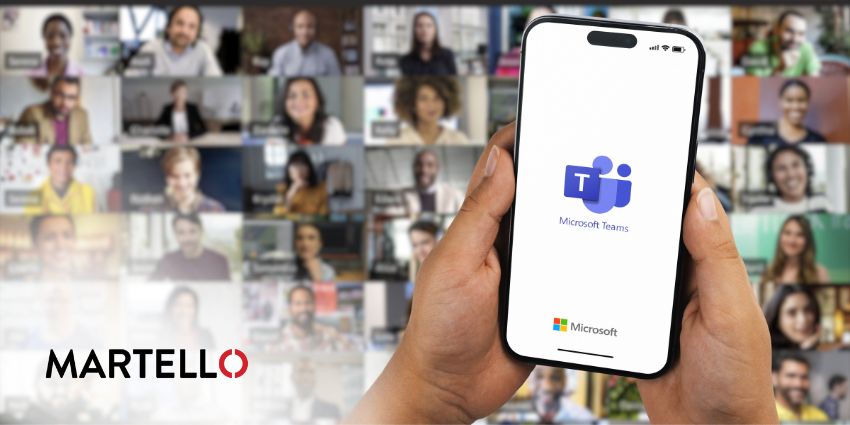The explosion in unified communications (UC) over the past year has led to a proliferation of devices as organisations seek to maintain productivity across their distributed workforce.
SMBs and micro businesses, in particular, have realised the value of mobile devices as a means of effective communication between employees and customers.
However, problems can crop up when users are working and communicating across mobile devices and using UC OTT apps that run on WiFi or mobile data. These challenges can include using the mobile app rather than the phone dialler, disruptions to business calls on the UC app when a normal mobile call is received, or frequent drop-in business call sessions while on the move and changing between a WiFi area and mobile data area. Also, users’ presence on the UC app is not synced with the network presence, leading to calls on the normal mobile subscription while the user is on the UC app calls.
Communication Service Providers (CSP) are continuously innovating their services to enhance the customer experience for enterprise customers and consumers. However, SMBs are often left out in these developments as the mobile apps they use for their UC services often aren’t of the same calibre as the OTTs.
Ericsson Communications Accelerator (ECA) provides CSPs with 5G-ready communication services that enhance user experience. With secure seamless mobility and multi-device support, SMBs and micro businesses can increase their availability and never miss a call. Pre-integrating ECA with Ericsson-LG Enterprise’s iPECS Cloud mobile solution delivers all the calling-related functionalities on to a mobile handset native dialler, removing the need for an additional mobile app.
“In the past we used to talk about the ability to have a single number over multiple devices: for example, if you got a call your mobile and your desktop phone would ring.,” stated David Bjore, VP Head of Solution Area Communication Services at Ericsson.
“But what customers want is the ability to have a single device with multiple numbers; they need the ability to take business calls and to differentiate those from their personal calls. This flexibility improves the customer experience and business productivity.”
This integration enables CSPs to leverage their VoLTE infrastructure and offer their SMB and micro business customers similar capabilities to those of their enterprise peers. This is needed now more than ever, as the importance of the mobile device in the enterprise ecosystem has become critical during the pandemic.
In some segments of the market – particularly the micro business segment – the dependency on a mobile device is even more significant. These tend to be sole traders or consultants who depend on their mobile phone, and who haven’t had the richness of services available to them since many of the operators have not been able to offer this PBX-like capability for mobile devices.
“With this integration, we’re able to present to these micro service businesses a much richer user experience from a mobile device, similar to what they have experienced from fixed line devices and the plethora of services that were afforded to them via a fixed line,” added Ahed Alkhatib, Head of Sales, Ericsson-LG Enterprise.
ECA and iPECS cloud services are cloud-based; once deployed in a carrier’s network, SMBs can quickly subscribe to the service for instant use. Learn more about the ECA and iPECS cloud integration here.







